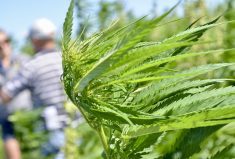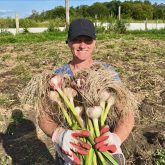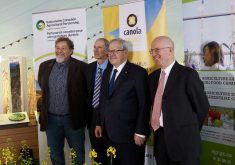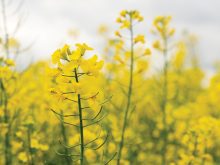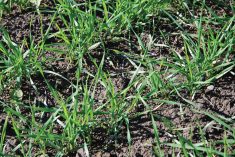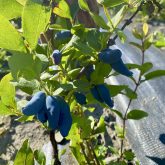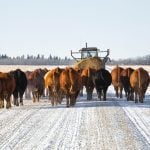“There are as many patents for roses and chrysanthemums as there are for the three most important food crops – rice, wheat and maize. What are we to do, feed them chrysanthemums?”
– Pat Mooney
Pat Mooney, who isn’t known for his optimism, says he finally has some good news. The executive director of the ETC Group, which for years has warned of the dangers of corporate concentration in the seed business, says climate change will put small farmers and peasants back in control.
Read Also

Still hard to predict precise fertilizer payback
Despite decades of advances, international research finds no clear answer for where and when adding nutrient will fail to boost growth.
“And this is not just optimism or blind faith, this is just simply statistical truth,” he told a packed room of more than 400 people here Nov. 26 during the National Farmers Union’s 40th convention. “It (feeding the world) can’t be done any other way.”
Big seed and pesticide companies have promised to use their technology to help farmers cope with changing climate and to boost food production for a growing number of hungry people. Several companies are working on genetics that will help crops tolerate drought and use nitrogen more efficiently.
But corporations won’t succeed in meeting Earth’s food needs because livestock and crops don’t have enough genetic diversity to survive erratic weather. Uniformity is a prerequisite to patenting crops, he said.
“One of the first things that we should do is to demand for the public good we get rid of the patent system so we stop this trend towards uniformity, which will be disastrous,” he said.
“If we’re going to get through the crisis ahead of us we’re going to need the farmers, we’re going to need that diversity.”
Within 10 years some African countries will suffer a 50 per cent drop in crop yields, according to Mooney, and by 2050 most of the world will be growing crops under conditions never seen before.
SYNTHETIC BIOLOGY
In the past corporations told the public biotechnology would feed the world; now they say synthetic biology will be the saviour, he said.
Synthetic biology is the design and construction of novel artificial biological pathways, organisms or devices, or the redesign of existing natural biological systems, according to the United Kingdom’s Royal Society.
The Synthetic Biology Project’s website says scientists can use computers and laboratory chemicals to design organisms that do new things such as produce biofuels or excrete the precursors of medical drugs.
Seed companies focus on about a dozen plant species, but farmers around the world work with 5,000, Mooney said.
“We need species diversity so we can withstand the shocks that are going to come ahead because not only is the climate going to be different but the weather is going to be different – dramatically different from day to day and week to week,” he said. [email protected]



